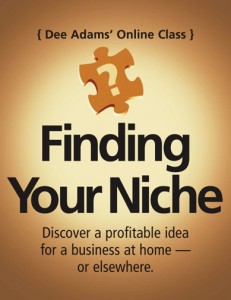Mystery of the U.S. President
Thinking Critically
Consider, “the only president measured tested subjective
with high ideaphoria and inductive reasoning and low structural visualization. His educational background was not in law,” according to Margaret Broadley in Your Natural Gifts How would you make an educated guess as to which president the author meant? Hint: All clients of JOCRF are confidential, so Goggling the answer will not work. Using a checklist method, indicate how you might crack the case. What sites might contain clues?


Note: Your Natural Gifts is out of print but used copies
are found online. But you don’t need to buy the book to tackle
the puzzle. The entire mention on the subject of the book
is quoted in the first paragraph of this post.
An Answer
If you read the post last week and noted there
was nothing online on the topic, and so you didn
‘t attempt to check for yourself …insert buzzer. It took awhile,
but I turned up one article that included mention of the mystery
president and JOCRF testing.
D magazine featured an article that mentions the topic:
“It’s rumored that, years ago, one son in a large,
politically oriented family (Johnson O’Connor won’t give out names)
tested out below average in every aptitude and was found to have
an extremely “objective” personality — attributes common to managers.
Armed with that information and higher-than-average ambition,
he pursued his perfect career path, culminating in the
ultimate manager’s job: president of the United States…”
* Article originally appeared in D magazine.
Quote used with permission.
Note the description of the mystery president’s
personality in the article differs from
Margaret Broadley’s description.
2. Start with the obvious clues: The book Your Natural Gifts….
When was the book first written, according to the copyright notice? Disregard revised additions. Use the date the book was first written as an end cut off point, And use the date JOCRF was established as a starting point.
3. JOCRF established 1922
Your Natural Gifts was written 1972 (with a year or two before for lag time.)
4. Using a list of U.S. Presidents between 1922 and 1970, or so, eliminate the lawyers and the remaining names are your best bet. Also were any in attendance with Johnson O’Connor at Harvard?
Do did any of them fit the profile of the son of a large politically oriented family? (If the description in the rumor is accurate.)
Finally, there is a possibility that somewhere exists a news story about Johnson O’Connor and a U.S. President and that might be a telling clue perhaps. As would outright mention in presidential papers.
Somewhere in that pared down list of names is the president who was tested
And that as Sherlock Holmes would say is elementary.
References
Whitehouse.Gov/Photos
http://www.whitehouse.gov/photos-and-video/photogallery/the-presidents
Johnson O’Connor Research Foundation
http://www.jocrf.org/
D Magazine.com
Born to Succeed October 1992
http://tinyurl.com/mbjegrv
Amazon.com
http://tinyurl.com/lxoqjzw

